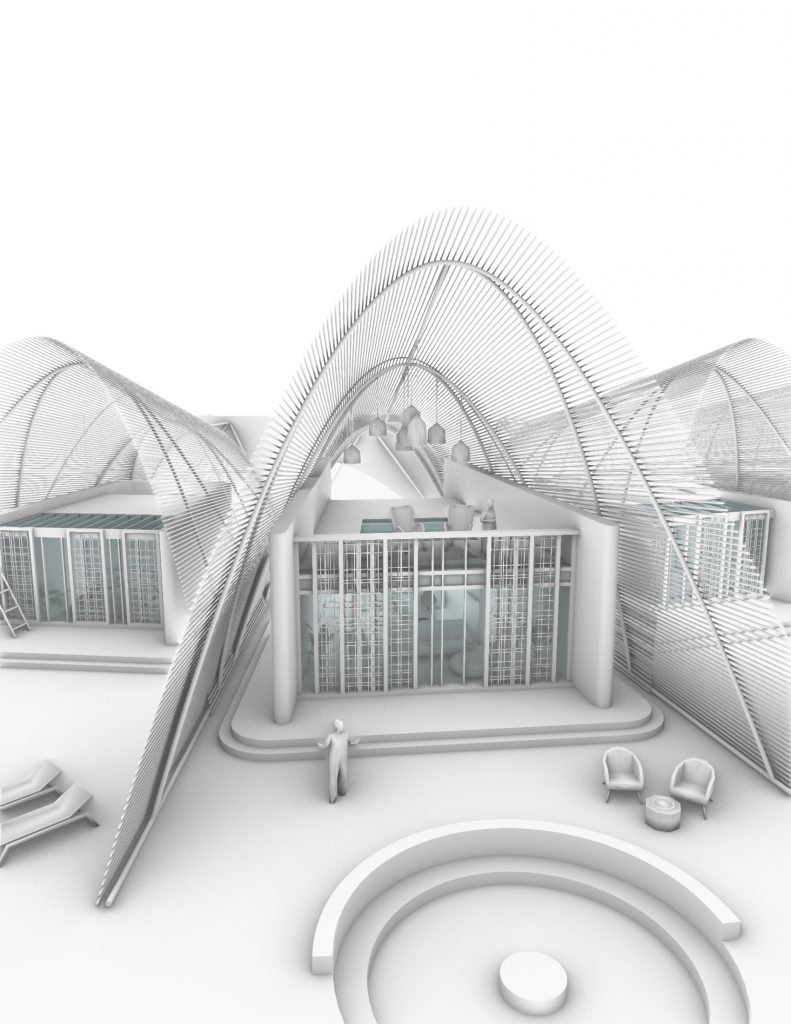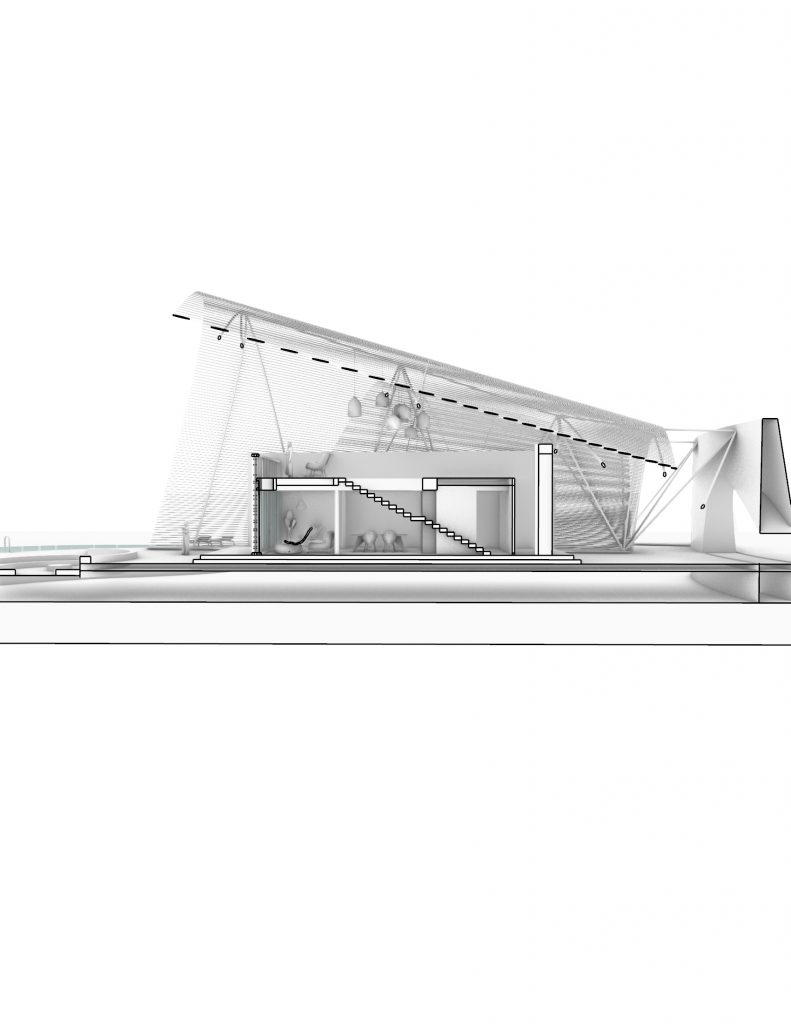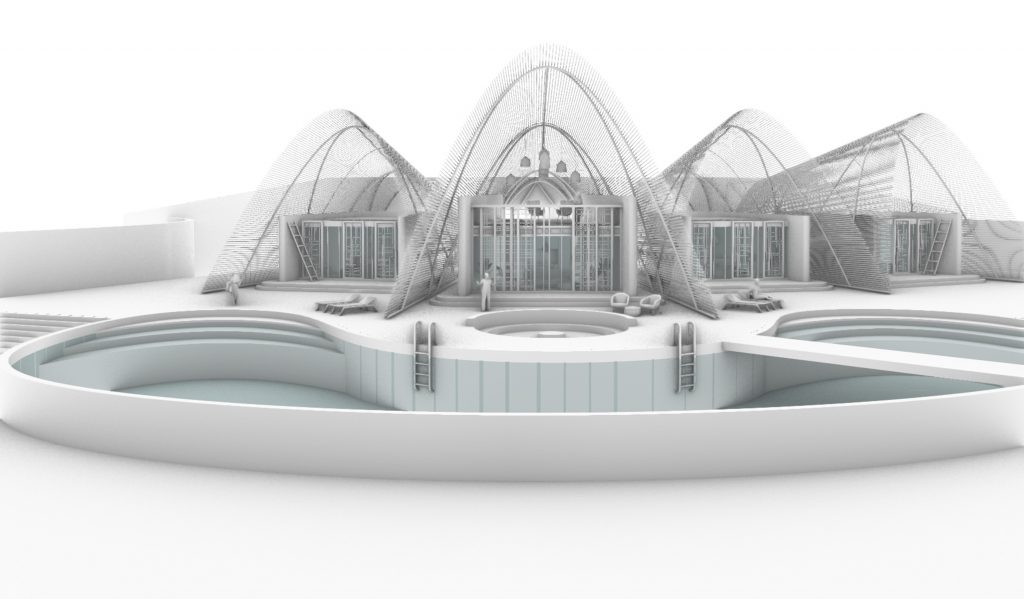SITE
Ruaha National Park | TanzaniaDATE
2023SURFACE
350.000 SQMCLIENT
ConfidentialTYPE OF WORK
Design competitionPARTNERS - IN - CHARGE
Antonio Gioli, Federica De LevaPROJECT TEAM
Mahafarid Kazemi, Ludovica Ceccarello, Virginia Novi, Fabrizio Nuoto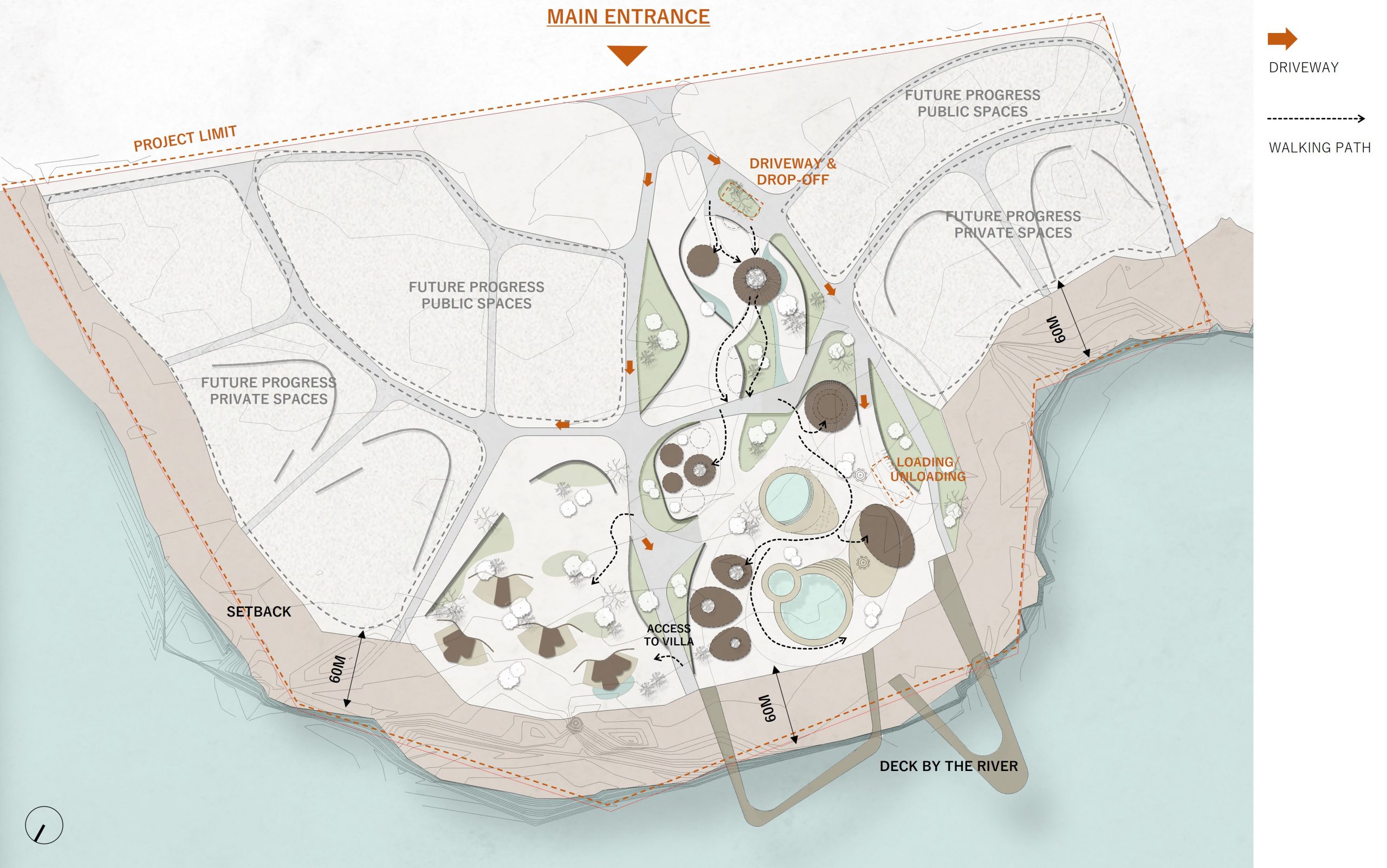
The resort consists of a public area (clubhouse with reception, gift shop and main entrance with security; food and beverage areas with bar, restaurant and ancillary facilities including a wellness area with swimming pools, gym, yoga class and a more public deck facing the river) and private areas where the various villas and private rooms will be developed with different modalities and layouts, while being modular and easy to build.
KEYWORDS
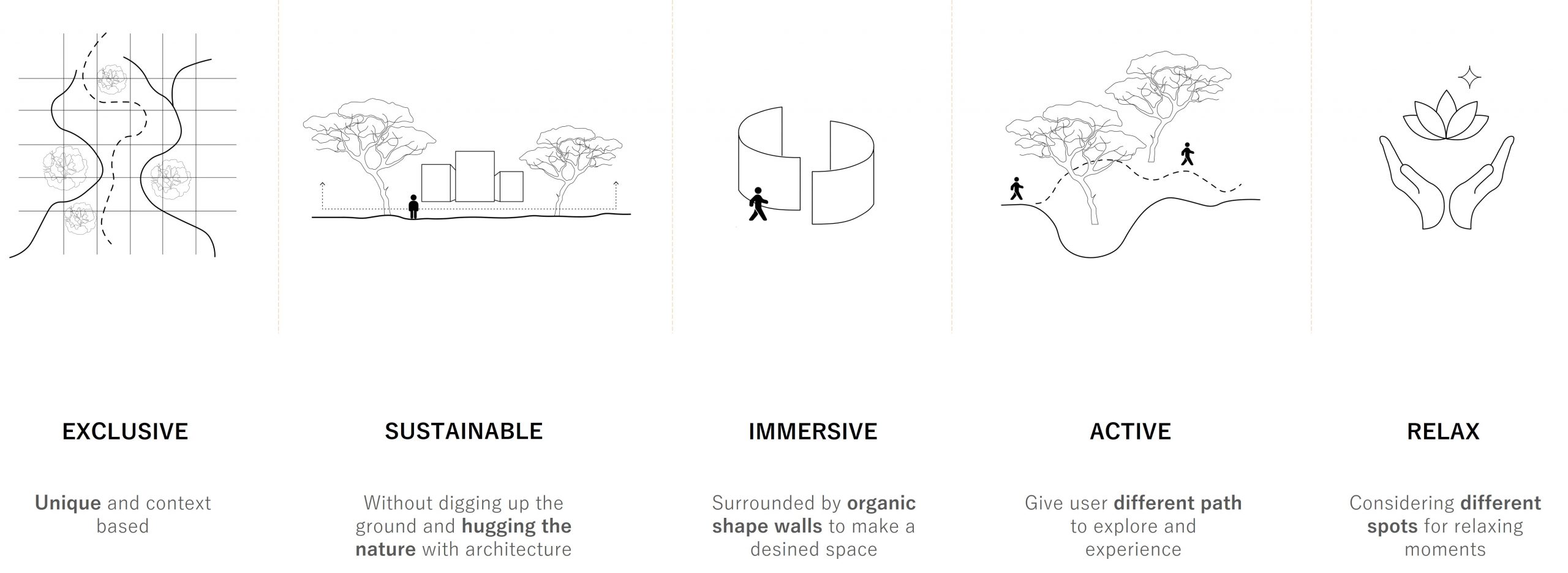
Another fundamental theme of this project is its reading from above: the arrangement of elements and architecture does not disturb the natural language of the savannah and, above all, recalls the pattern and diagram of African villages. This is further developed by the shape of the roofs, which once again fits perfectly with the concept of the hut and the vernacular architecture that exists in their ancient architecture and is strongly present throughout the project.
